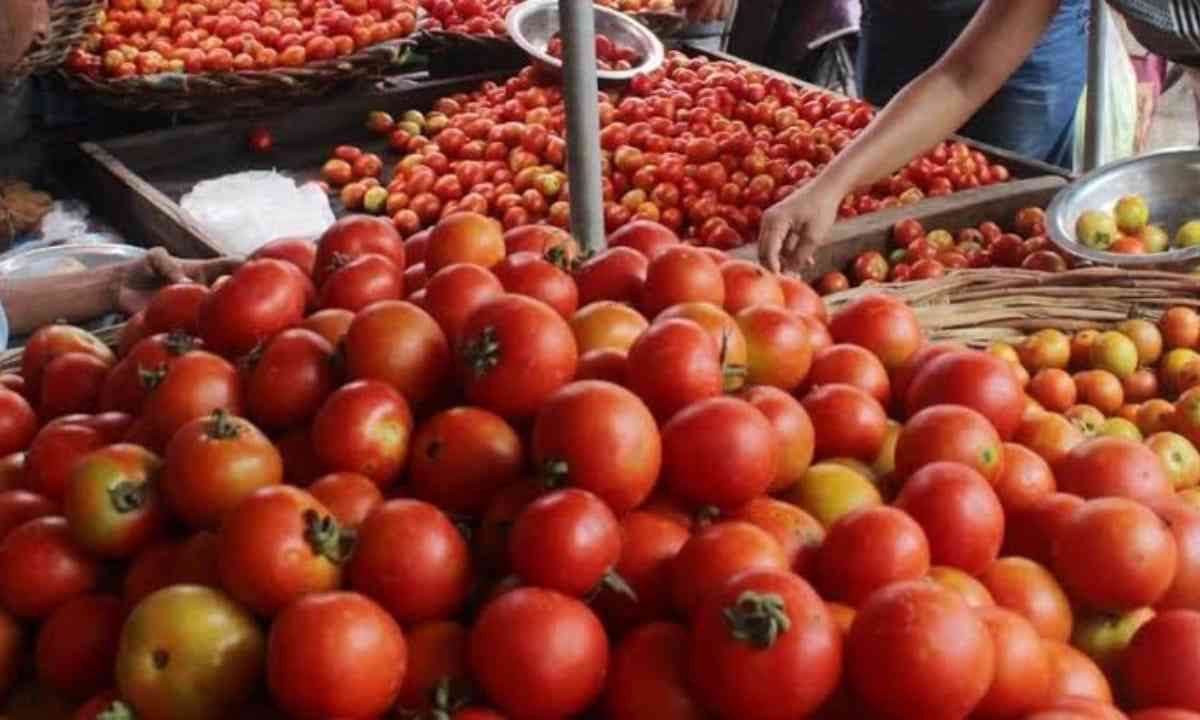For the last few days, India's wallets have been burning due to a severe lack of the brilliant, red fruit. In the retail sector, tomato prices have increased to Rs 80–120 per kg, while wholesale prices have increased to Rs 65–70 per kg.
In most regions of the country, the hot temperatures, low productivity, and postponed rainfall are to blame for the high pricing. The Reserve Bank of India (RBI), which is responsible for controlling inflation, is struggling with the price of tomatoes, which were being sold for Rs 3-5 per kg in May.
"Tomato prices have doubled in the last two days. Supply of tomatoes from neighbouring states like Haryana and Uttar Pradesh has reduced. We are now getting tomatoes from Bangalore. The tomato plants that were on the ground have been damaged during the recent rainfall. Only the plants that grow vertically with the support of wires were saved," said Ashok Ganor, a tomato trader from Delhi's Azadpur wholesale market.
Farmers were persuaded to leave their fields due to the low price, which led to poor crop yield.
According to Ajay Belhekar, "Farmers did not spray pesticides or use fertilisers as the rates were not remunerative. This led to increased incidence of pest and disease and fall in production," who is a farmer from the Narayangaon belt in Maharashtra who grows tomatoes and sells them to Delhi as well as Gujarat, Rajasthan, and Kolkata.
The high prices may not necessarily persist in the upcoming weeks, though.
"They can come down as harvest from many new pockets will begin soon. But if it rains heavily in Himachal Pradesh and other growing areas, then prices may remain firm," said Ganor.
Media sources indicate that fewer tomato seed was sown last year because most farmers switched to planting beans, which had a high price the previous year.
The shortage is predicted to increase food menu prices at cafes and restaurants, making life difficult for customers.
© Copyright 2023. All Rights Reserved Powered by Vygr Media























